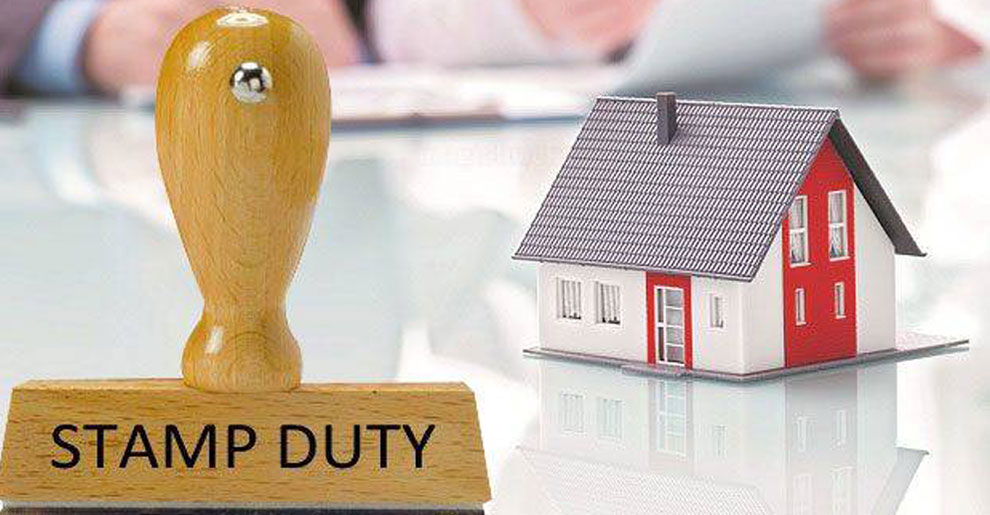
Before we get into the Stamp Duty reforms that were introduced in the min-budget, let’s talk about the Stamp Duty Land Tax. In simple words, the Stamp Duty Land Tax is a type of tax that is charged when land or property is purchased in the UK, specifically in England and Northern Ireland. The Stamp Duty Land Tax is charged on a slab basis or a slice basis, which means that as the purchase price of the property gets more expensive, the rate of the Stamp Duty Land Tax increases proportionally. With that being said, the rate of the Stamp Duty Land Tax depends on various other factors such as the type of property, the price of the property and who is buying the property; first-time buyers have some relief from the Stamp Duty Land Tax whereas investors and buyers who already have property on their name have to pay an extra 3 per cent on top of the applicable Stamp Duty Land Tax rate as a surcharge. In the Economic and Fiscal Outlook of March 2022, the Stamp Duty Land Tax raised from 2021 to 2022 was a whopping £14.3 billion. Out of this, around £10.1 billion came from residential properties whereas the remaining £4.2 billion was raised from non-residential properties. So, what changes were announced to the Stamp Duty Land Tax in the min-budget and how will these reforms impact potential buyers?
On September 23rd 2022, the UK government announced three important reforms in the Stamp Duty Land Tax. Estate agents in Doncaster explain these reforms in detail as well as how these reforms will impact potential buyers now and in the future.
First, a permanent reduction in the Stamp Duty Land Tax. The ‘nil rate band’ was increased from £125,000 to £250,000. This means that property buyers will no longer have to pay any Stamp Duty Land Tax on the initial £250,000 of the selling price.
Second, the ‘nil rate band’ for first-time buyers was increased from £300,000 to £425,000, which certainly brought about some relief for first-time buyers. This meant that first-time buyers will not have to pay any Stamp Duty Land Tax on the first £425,000 of the property price. And, if the property is valued below £425,000, then they are exempt from paying the Stamp Duty Land Tax.
Third, the UK government announced an increase in the maximum property price for which first-time buyers can buy a house but still get Stamp Duty Land Tax relief as first-time buyers. This amount was increased from £500,000 to £625,000. So, if a first-time buyer decides to buy a house valued under £625,000, then he or she will only have to pay the Stamp Duty Land Tax on the value of the property over and above the tax relief amount which is £425,000.
So, how will these changes in the Stamp Duty Land Tax impact potential buyers? For one, with the ‘nil band rate’ increasing from £125,000 to £250,000, more low-income buyers will be able to enter the property market without the burden of heavy taxes. Also, since the first-time buyer Stamp Duty Land Tax slab has been increased from £300,000 to £425,000, first-time buyers will also get some relief. Now, first-time buyers will have to pay a 5 per cent Stamp Duty Land Tax on the value of the property between £425,001 and £625,000; no Stamp Duty Land Tax will be charged on the first £425,000. Before these reforms were introduced in the mini-budget, the tax-relief band for first-time buyers was up to £300,000; first-time buyers can now buy a property worth £125,000 more without having to worry about the Stamp Duty Land Tax.
According to Chancellor Kwarteng, these reforms in the Stamp Duty Land Tax will allow more than 200,000 people to climb onto the property ladder in the UK. This will also include around 60,000 first-time buyers who will be totally exempt from paying the Stamp Duty Land Tax. He also believes that the increased taxes in the UK have led to slower growth and the tax burden has not been this high since the 1904s, which is why it is important to break the cycle to allow growth and development. Chancellor Kwarteng said, “While this growth will not happen overnight, the tax cuts and the new reforms that have been announced should send a clear signal that growth is our priority.”
